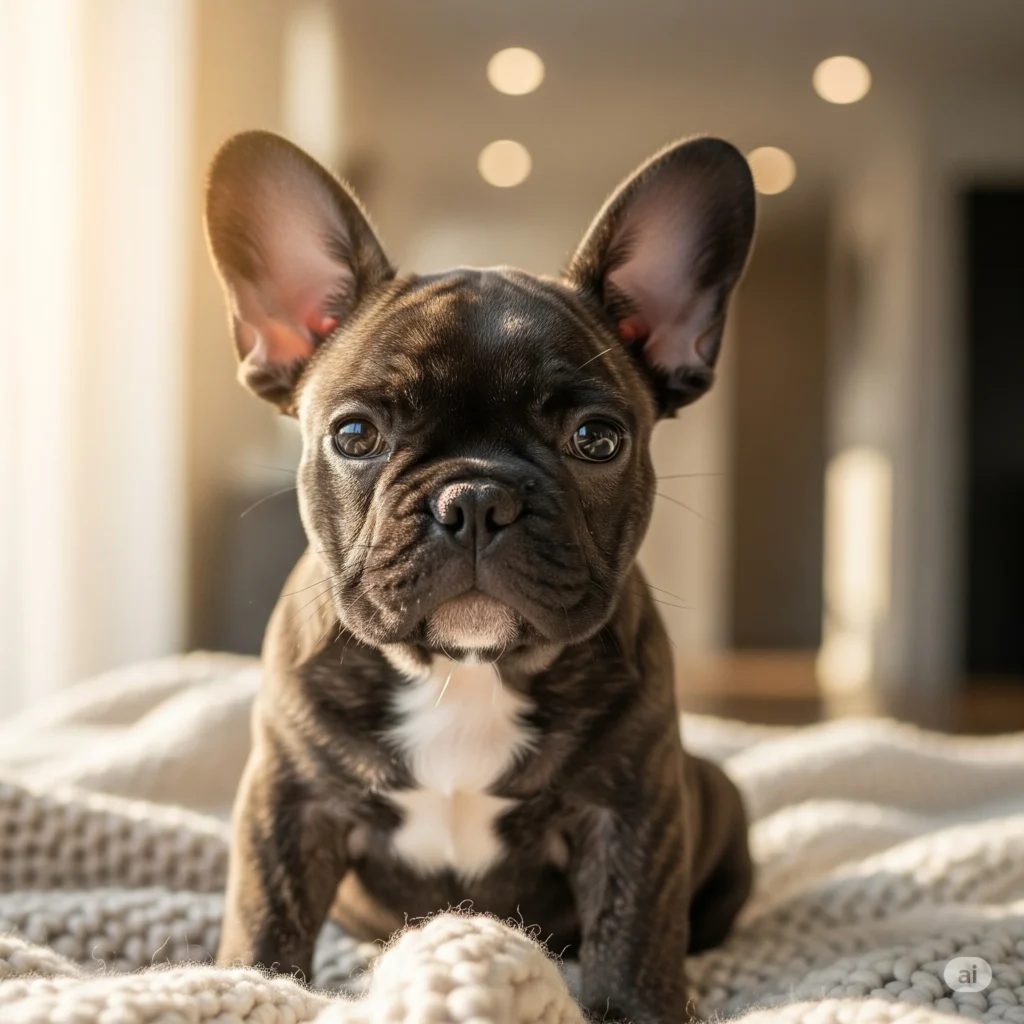
breeding lhasa apso
Breeding a Lhasa Apso is a journey that requires more than just knowledge—it demands compassion, responsibility, and a deep respect for the breed’s unique traits. These charming dogs, with their flowing coats and dignified presence, have been cherished companions for centuries. If you’re considering breeding, it’s essential to approach the process with care and understanding. This guide will walk you through the ethical considerations, biological insights, health concerns, and practical steps involved in breeding Lhasa Apsos.
Ethics, Safety & Breeding Readiness
Is it ethical and responsible to breed a Lhasa Apso?
Breeding should always prioritize the health and well-being of the dogs involved. It’s ethical to breed a Lhasa Apso if your goal is to enhance the breed’s quality, not merely to produce puppies. This means selecting breeding pairs that are healthy, have good temperaments, and conform to breed standards. It’s also crucial to ensure that both the dam and sire have been thoroughly health-tested and are free from hereditary conditions.
At what age is a female Lhasa Apso ready for breeding, and what is the maximum safe age?
A female Lhasa Apso typically reaches sexual maturity between 6 to 12 months, but it’s advisable to wait until she’s at least 2 years old before breeding. This allows her to fully mature physically and emotionally. The maximum safe age for breeding is generally around 8 years, but this can vary depending on the individual dog’s health and veterinary advice.
How many litters are safe for a female Lhasa Apso during her lifetime?
To ensure the health and well-being of the dam, it’s recommended that she has no more than 3 to 4 litters in her lifetime. Spacing out the litters with ample time for recovery is also essential.
What health screenings and genetic tests should both parents have before breeding?
Before breeding, both the dam and sire should undergo comprehensive health screenings. These may include tests for hip and elbow dysplasia, eye conditions, and kidney diseases. Genetic testing for hereditary conditions like renal dysplasia and glomerulonephropathy is also crucial to prevent passing on these issues to the puppies.
Reproductive Biology & Timing
How often do Lhasa Apsos go into heat, and what are the stages of the cycle?
Female Lhasa Apsos typically go into heat twice a year, with each cycle lasting about 18 to 21 days. The cycle consists of several stages:
- Proestrus: The beginning of the heat cycle, marked by swelling of the vulva and a bloody discharge.
- Estrus: The phase when the female is most fertile and receptive to mating.
- Diestrus: The period following estrus, where the female is no longer receptive.
- Anestrus: The resting phase between cycles.
How can I identify the best time to mate (ovulation/estrus) in a female?
The optimal time for mating is during estrus, typically between days 9 and 14 of the heat cycle. Signs that a female is in estrus include a lighter discharge and increased receptivity to the male. Monitoring progesterone levels through veterinary testing can also help pinpoint the exact timing for mating.
What are the signs of infertility or reproductive problems in males and females?
Signs of infertility or reproductive issues can include irregular heat cycles, lack of interest in mating, or failure to conceive after multiple attempts. In males, reduced sperm quality or quantity can also be indicators. Consulting with a veterinarian specializing in canine reproduction is advisable if any of these signs are observed.
Health Risks & Genetics
What hereditary conditions are common in Lhasa Apsos, and how can responsible breeding reduce them?
Lhasa Apsos are prone to several hereditary conditions, including renal dysplasia, glomerulonephropathy, and hip dysplasia. Responsible breeding practices, such as selecting breeding pairs with clear health histories and conducting genetic testing, can help reduce the prevalence of these conditions in the breed.
What are the risks during pregnancy and whelping, including the likelihood of a C-section?
Pregnancy and whelping in Lhasa Apsos generally proceed smoothly, but there are risks, including dystocia (difficult birth), which may necessitate a C-section. Factors that can influence the likelihood of a C-section include the size of the puppies, the dam’s health, and the experience of the breeder. Regular veterinary check-ups during pregnancy can help identify and mitigate potential risks.
How does inbreeding coefficient (COI) affect health, and what is acceptable?
The inbreeding coefficient (COI) measures the genetic relatedness between breeding individuals. A high COI increases the risk of inherited health problems. It’s advisable to aim for a COI below 6.25% to maintain genetic diversity and reduce the risk of hereditary conditions.
Pre-Breeding Preparation & Vet Care
What vaccinations, parasite control, and vet checks are needed before breeding?
Before breeding, both the dam and sire should be up-to-date on vaccinations and have received parasite control treatments. A thorough veterinary examination is essential to ensure both dogs are in optimal health for breeding.
What nutritional changes or supplements should a dam receive before and during pregnancy?
A balanced diet rich in high-quality protein and essential nutrients is crucial for a pregnant dam. Supplements such as folic acid may be recommended to support fetal development. Consulting with a veterinarian can help tailor a nutrition plan to the dam’s specific needs.
Should breeders spay/neuter certain lines, or keep dogs intact for breeding — what are the pros and cons?
Spaying or neutering certain lines can help prevent the propagation of hereditary health issues. Keeping dogs intact for breeding allows for the continuation of desirable traits but requires careful management to ensure ethical breeding practices.
Mating Logistics & Stud Selection
How do I choose a stud dog (considering temperament, health tests, titles, pedigree)?
Selecting a stud dog involves evaluating factors such as temperament, health history, genetic testing results, and conformance to breed standards. A well-chosen stud can complement the dam’s qualities and contribute to healthy, well-socialized puppies.
What mating methods are recommended (natural mating vs. artificial insemination), and when is AI used?
Natural mating is the preferred method, but artificial insemination (AI) may be used when natural mating is not possible or practical. AI requires careful timing and veterinary supervision to ensure success.
How should breeders manage introductions, temperament issues, or failed matings?
Introducing the dam and stud should be done gradually and under supervision. If temperament issues arise, consulting with a canine behaviorist can be helpful. In cases of failed matings, veterinary advice should be sought to determine the cause and explore alternative options.
Pregnancy Monitoring & Whelping
How long is pregnancy in a Lhasa Apso, and what signs mark each trimester?
Pregnancy in Lhasa Apsos lasts approximately 63 days. The first trimester involves fetal development, the second trimester is marked by noticeable weight gain, and the third trimester includes preparation for labor. Signs of impending labor include nesting behavior and a drop in body temperature.
What essential whelping supplies are needed, and when should a whelping box be prepared?
Essential whelping supplies include a whelping box, clean towels, heating pads, and sterile scissors. The whelping box should be prepared well in advance of the due date to allow the dam to acclimate.
What signs indicate labor problems, and when should I call a vet or emergency clinic?
Signs of labor problems include prolonged labor without progress, excessive straining, or the dam showing signs of distress. If any of these occur, it’s important to contact a veterinarian immediately.
Neonatal Care & Early Puppy Management
What immediate care do newborn Lhasa Apso puppies need (nursing, warmth, stimulation)?

Newborn puppies require immediate access to their mother’s milk for nutrition and immunity. They should be kept warm and monitored for signs of distress. If the dam is unable to nurse, puppies may need to be hand-fed using a suitable puppy milk replacer.
How often should puppies be socialized, vaccinated, and dewormed?
Puppies should begin socialization early, being exposed to various environments, sounds, and people. Vaccination and deworming schedules should follow veterinary guidelines to ensure the puppies’ health.
When can puppies leave the dam and go to new homes ethically and legally?
Puppies should remain with the dam until at least 8 weeks of age to ensure proper socialization and development. Releasing them earlier can lead to behavioral issues and is generally discouraged.
Long-Term Breeder Responsibilities & Recordkeeping
What responsibilities do breeders have after sale (health guarantees, contracts, returns)?
Breeders should provide health guarantees and be prepared to take back puppies if necessary. Clear contracts outlining the terms of sale, health guarantees, and buyer responsibilities are essential.
How should breeders document pedigrees, health tests, and COI for prospective buyers?
Maintaining detailed records of pedigrees, health tests, and COI is important for transparency and to assist prospective buyers in making informed decisions.
Practical & Financial Considerations
What are the realistic costs of breeding a Lhasa Apso litter (vet bills, whelping, emergencies, feeding, registration)?
Breeding a Lhasa Apso involves various costs, including veterinary bills for health screenings and vaccinations, expenses for whelping supplies, emergency care, feeding, and registration fees. It’s important to budget for these expenses to ensure the health and well-being of the dogs involved.
How should breeders ethically price puppies (considering health testing, titles, demand)?
Puppies should be priced based on the costs incurred during breeding, including health testing and care. Pricing should reflect the quality and health of the puppies, not just market demand.
How can breeders screen and match responsible buyers to prevent puppy dumping?
Breeders should interview potential buyers, assess their suitability, and provide education on responsible pet ownership. Contracts should include clauses that require the buyer to return the dog to the breeder if they can no longer care for it.
Legal, Club & Show Considerations
What breed-club or kennel-club rules and codes of ethics apply to Lhasa Apso breeders?
Breeders should adhere to the ethical guidelines set forth by breed clubs and kennel clubs, such as the American Lhasa Apso Club’s Code of Ethics, which emphasizes health, temperament, and responsible breeding practices.
When and why should litters be registered with kennel clubs, and microchipping provided?
Litters should be registered with kennel clubs to ensure pedigree documentation and maintain breed standards. Microchipping is essential for identification and to help reunite lost pets with their owners.
Breeding a Lhasa Apso is a significant responsibility that requires careful planning, knowledge, and a genuine love for the breed. By following ethical practices, prioritizing health, and being dedicated to the
please leave comment
sources
- American Lhasa Apso Club Code of Ethics
- PetMD: Lhasa Apso Health and Care
- American Kennel Club: Dog Pregnancy and Care
- American Kennel Club: Early Detection and Risk Management in Newborn Puppies
- American Kennel Club: Whelping and Caring for Newborn Puppies
- American Kennel Club: Guide to Responsible Dog Breeding
- University of Prince Edward Island: Lhasa Apso Breed Information
- Lhasa Apso Dog World: Breeding Responsibility 101
- Lhasa Apso Dog World: Lhasa Apso Breeding Costs
- Lhasa Apso Dog World: Lhasa Apso Prices in 2024
- Lhasa Apso Dog World: Lhasa Apso Puppy Birth and Care
- Lhasa Apso Dog World: Lhasa Apso Puppy Birth and Care
you may like it






